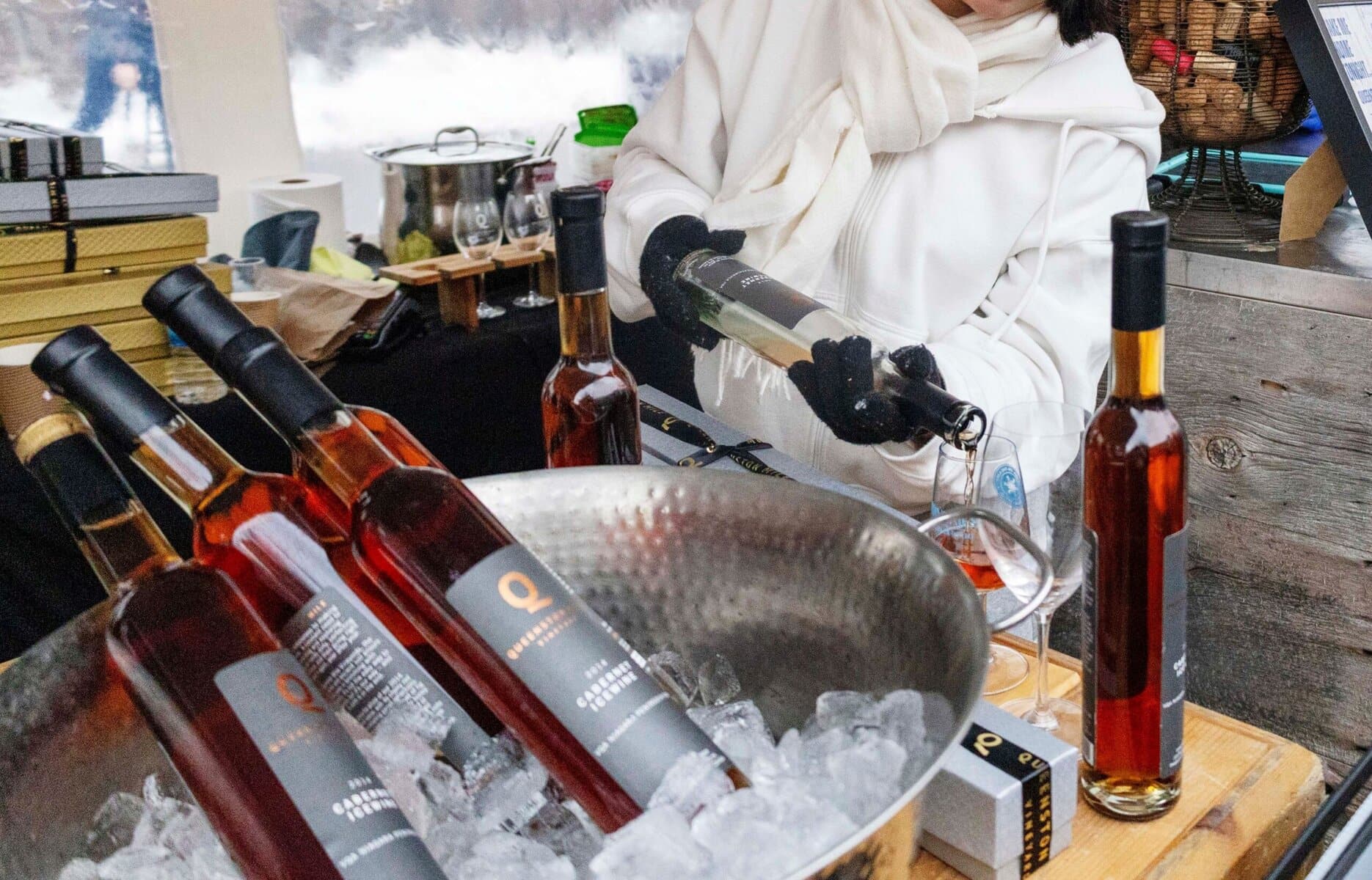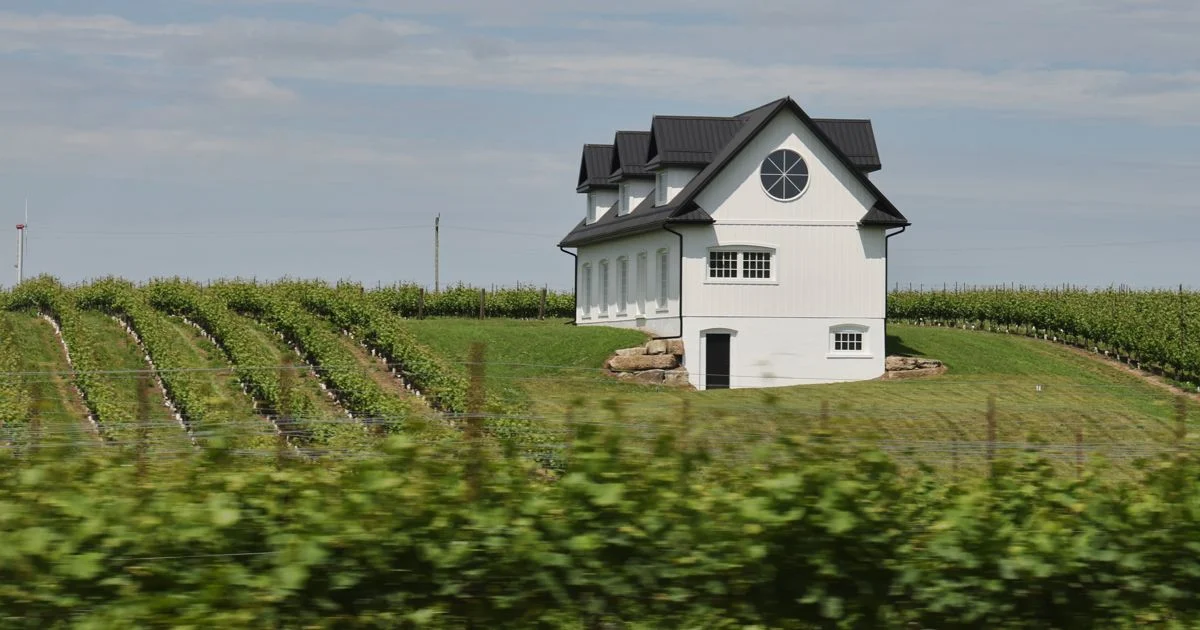Niagara County’s wine industry, still in its adolescence, is struggling with an identity crisis. Originally known for sweet wines made from native grapes like Niagara and Concord, the region now faces a dilemma: stick to its sweet roots or move toward more complex, dry wines made from European vinifera grapes. This divide is reflective of its youth and the search for a cohesive direction in an increasingly competitive wine market.
The region’s cool climate and limestone-rich soils offer prime conditions for high-quality vinifera grape varieties such as cabernet franc, riesling, and pinot noir. These conditions mirror those in Burgundy, France, providing a solid foundation for producing distinguished dry wines. However, the tradition and market demand for sweet wines, which are easier and cheaper to make, remain a strong force pulling the region in another direction.
Diverse Wine Styles Challenge Expectations as Niagara Wine Trail Faces Post-Pandemic Decline
Winemakers like Michael Schweitzer of Bella Rose Winery highlight the evolving diversity of Niagara wines. Some wineries offer both sweet and dry options, while others specialize exclusively in one style. This variety creates challenges with consumer expectations, where many visitors assume the region only produces sweet wines. As a result, dry wine producers often struggle to gain recognition in a market conditioned to favor sweetness.

Established in 2002, the Niagara Wine Trail was formed to promote the growing number of local wineries. From just a handful in the 1990s, the region expanded to nearly two dozen wineries by the 2010s. The trail offered tourists a mix of wine styles, from fruit-based sweets to structured dry reds. However, post-pandemic challenges—including declining membership and reduced visitor traffic—have fractured the once-unified effort.
Debate Over Identity Splits Wineries Between Sweet Wine Tradition and Dry Wine Ambitions
Trail membership began to decline before the pandemic and has continued to fall, with only 11 wineries remaining active. Disagreements about marketing strategy and target clientele led many dry-focused wineries to leave. The split reflects deeper tensions about how the region should brand itself to wine tourists: as a destination for sweet wine lovers or serious dry wine enthusiasts.
Different wineries promote competing visions for the region’s identity. Some, like Arrowhead Spring Vineyards, advocate for a focus on Cabernet Franc. Others argue for pinot noir, sweet wines, or even fruit wines as the regional hallmark. This lack of consensus hampers efforts to establish Niagara as a unified and recognizable wine destination. Nonetheless, many owners, like Schweitzer, value diversity and believe it can be the region’s strength rather than a weakness.
Despite efforts to diversify, sweet wines still dominate sales in Niagara County. For winemakers like Shane Gustafson of A Gust of Sun, the reality is that sweet wines keep the business afloat. However, others warn that catering exclusively to this preference limits growth and national recognition. The region continues to evolve, with winemakers committed to improving both quality and variety. As Schweitzer puts it, Niagara now offers something for nearly every palate—if consumers are willing to explore.


